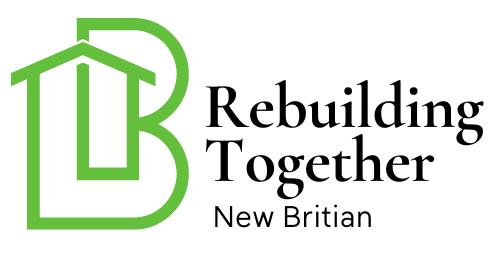When considering home safety, it’s crucial to pay attention to often overlooked areas such as the bathroom. Ensuring bathroom drain safety is a key step in maintaining a safe and secure home environment. Bathroom drains play a vital role in preventing water damage and maintaining hygiene. By implementing proper safety measures, homeowners can avoid accidents and costly repairs. This article will guide you through essential tips and practices for ensuring bathroom drain safety.

The Importance of Bathroom Drain Safety
Bathrooms are one of the most frequently used spaces in homes, and their drains are subject to daily use. Without proper maintenance, these drains can become clogged or damaged, leading to potential hazards. This makes understanding and implementing bathroom drain safety practices an essential part of home maintenance.
Common Problems with Bathroom Drains
Bathroom drains are prone to several common issues, including clogs, leaks, and foul odors. Clogs are often caused by hair, soap scum, and other debris accumulating in the drain. Leaks can occur due to worn-out seals or joints. Additionally, improper ventilation can lead to unpleasant odors emanating from the drain. Addressing these problems promptly is crucial for maintaining a safe bathroom environment.
Tips for Maintaining Bathroom Drain Safety
Regular Cleaning
Keeping bathroom drains clean is the first line of defense against clogs and other issues. Regularly remove any visible debris from the drain. Use a drain cleaner or a mixture of baking soda and vinegar to clear minor clogs and refresh the drain.
Install Drain Covers
Installing drain covers can help catch hair and other debris before they enter the drain. These covers are inexpensive and easy to clean, making them a practical addition to any bathroom.
Check for Leaks
Regularly inspect your bathroom drains and pipes for any signs of leaks. Look for water stains or moisture around the drain area. If you notice any leaks, address them immediately to prevent further damage.
Advanced Bathroom Drain Safety Measures
Professional Inspections
Consider hiring a professional plumber for regular inspections of your bathroom plumbing system. They can identify potential issues before they become major problems, ensuring long-term safety.
Upgrade Plumbing Fixtures
Older plumbing fixtures may not be as efficient or safe as newer models. Consider upgrading to modern, water-efficient fixtures to enhance both safety and sustainability in your bathroom.
Integrating Bathroom Drain Safety into Home Renovations
When planning bathroom renovations, it’s important to incorporate bathroom drain safety into your design. Choose high-quality materials and fixtures that are designed for durability and safety. Additionally, ensure that the layout of your bathroom facilitates easy access to drains for maintenance and cleaning.
Benefits of Prioritizing Bathroom Drain Safety
Focusing on bathroom drain safety not only prevents accidents and damage but also contributes to a healthier living environment. By maintaining clean and functional drains, you reduce the risk of mold and mildew growth, which can impact indoor air quality.

Frequently Asked Questions
How often should I clean my bathroom drains?
It’s recommended to clean your bathroom drains at least once a month to prevent clogs and maintain optimal function.
What should I do if my bathroom drain is clogged?
If you encounter a clogged drain, try using a plunger or a drain snake. If the clog persists, consider using a chemical drain cleaner or contacting a professional plumber.
Are there any products specifically designed for bathroom drain safety?
Yes, there are various products available such as drain covers, enzyme-based cleaners, and plumbing tools designed to enhance bathroom drain safety.
For more tips on bathroom safety, visit Bathroom Mats Safety and Safe Cabinets. For external resources, check out Bathroom Safety Tips.
This article contains affiliate links. We may earn a commission at no extra cost to you.

